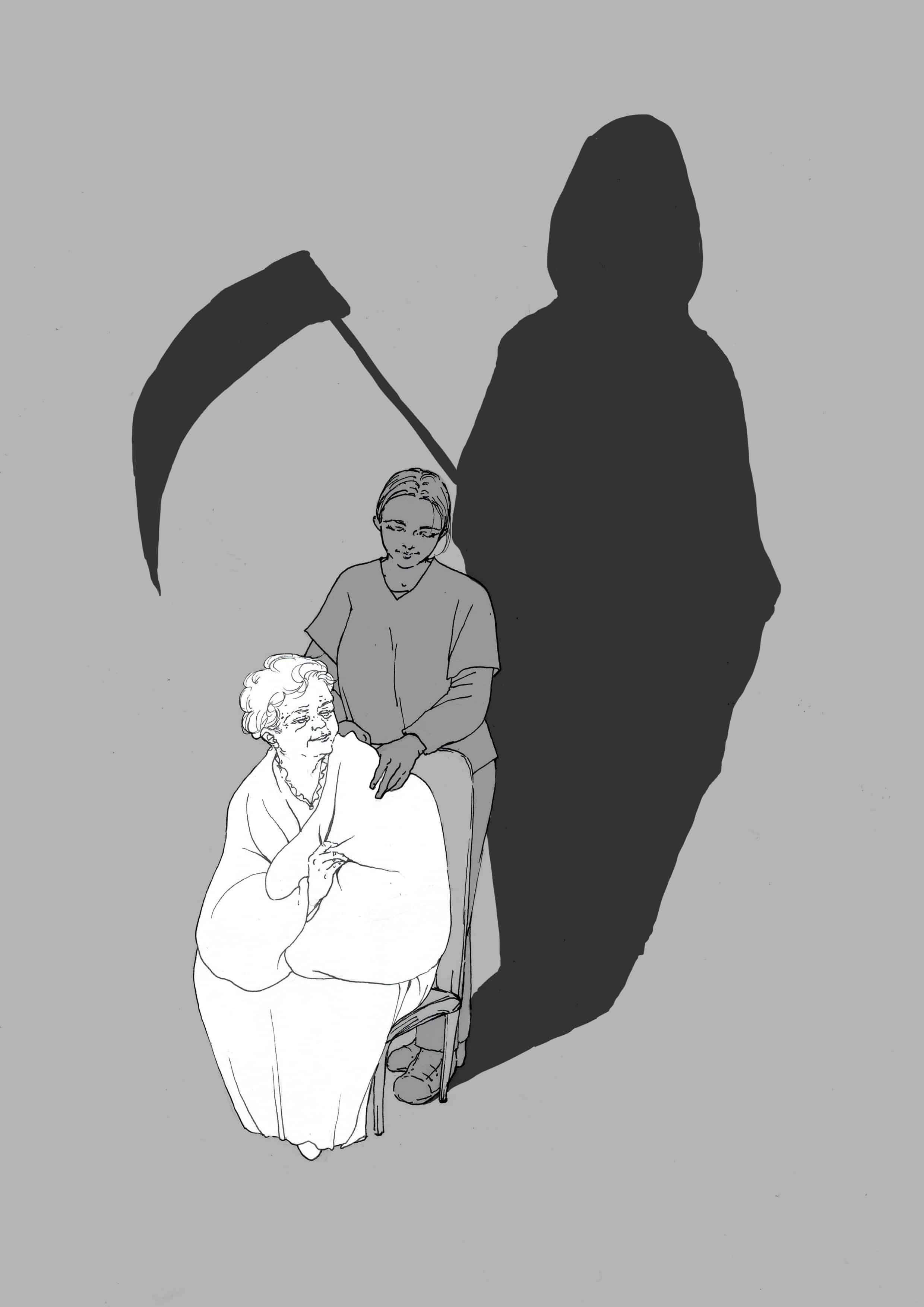The Bible’s Azrael is not the only ‘Angel of Death.’ In criminology, angel of death refers to a breed of serial killers: healthcare personnel who double as killers, abusing their bestowed trust to murder bedridden patients.
Ontario nurse Elizabeth Wettlaufer was recently charged with murdering eight elderly patients over the span of seven years, adding to a murky history of healthcare serial killers (HSKs) whose biographies are well-suited to becoming Hollywood movies.
It is not the large number of her victims that drew special attention to the Wettlaufer case but rather the wealth of anecdotes describing her as sweet and personable.
So how do Wettlaufer’s actions and personality compare with previously convicted HSKs?
From notorious names like British physician Harold Shipman and American physician Joseph Swango, whose suspected victim counts exceeded hundreds, to more obscure killers with few victims, psychologists have found uncanny recurring characteristics or methods of operation among HSKs.
Psychologist Katherine Ramsland constructed a ‘red flag’ list of 22 items that can be used as a guideline to spot HSKs. Reading into Wettlaufer’s past, it is easy to see that she possesses at least seven of the 22 traits named — a score comparable to those of notable HSKs.
Wettlaufer sampled a considerable number of elderly care homes during her seven-year killing spree. She had a history of alcohol and drug abuse combined with mental health issues. One of her previous long-term partners described their relationship as difficult. Trisha Crosbie, a relative to one of Wettlaufer’s patients, described her as “overly pushy, trying to get your attention, saying, ‘Look at me, look at me.’”
These traits embody the majority of previously convicted HSKs: an erratic employment pattern, a history of mental illness and substance abuse, tumultuous personal relationships, and a strong demand for attention.
HSKs also often engage in post-offence humour as a way to relive their experience. This may have been what led to Wettlaufer’s outing by the Centre for Addiction and Mental Health (CAMH), where she was being treated for substance abuse. Additionally, poems laced with barefaced sinister tones were recently uncovered online under her pseudonym, Betty Weston.
Distant relations recall positive memories with Wettlaufer, making it difficult to determine what might have been the catalyst for her actions. The proposed motives behind HSK murders have been described by psychologists as “complex and diverse.” They are also far from being formally established, and Wettlaufer’s mental health problems only further convolute this.
Proposed motives behind HSKs involve organ transplant markets or funeral parlours. For HSKs employed in limited resource environments, murder can be a way to free up beds. In the 1940s, a Japanese nurse and midwife killed newborns whose parents could not properly care for them.
Some HSKs may derive “sadistic satisfaction” from killing certain types of patients; Some may kill to rid themselves of demanding or annoying patients.
Others kill patients seeking a “hero status.” In 2006, English nurse Benjamin Geen injected patients with respiratory paralyzing agents for “the excitement of trying to revive them.”
Interestingly, a number of killers claim during trials that they murder ‘out of mercy’, a condition dubbed by criminologists as Mother Teresa Syndrome. HSKs like American nurse Charles Cullen might sincerely be under the impression that they are acting in some “divine capacity,” to quote Western University CriminologyProfessor Dr. Michael Arntfield. However, a number of later revisions of cases of that manner revealed that many of the victims were often not experiencing any considerable suffering as a result of their condition.
The idea of killers prowling among healthcare providers evokes uneasy sentiments. In reality, HSKs may be rare and dispersed, but their existence still commands extreme public attention.
— With files from the Journal of Investigative Psychology and Offender Profiling


